How does a plantar pressure measurement device work?
1. How does it “know” the pressure distribution across your foot?
Principle 1: Pressure-sensing sensor array
Inside the floor (or mat) of the device lies a large number (often hundreds or thousands) of small sensing points. These are called “pressure sensors,” similar to the core component of your home digital scale, but densely arranged across the entire mat.
When you step on it, the sensors detect which areas of your sole are pressed and how much force is applied. The system immediately maps this into a colored diagram: red areas indicate high pressure, blue areas indicate light pressure, and areas with no color indicate parts that aren’t touching the mat.
Principle 2: Dynamic capture
More advanced devices can record real-time fluctuations in pressure across your foot during walking or running. As you walk, it continuously captures “pressure snapshots.” It’s similar to video surveillance—you can see:
Whether your foot strikes in the correct order (heel first or ball of foot first)
If you’re shifting weight more to one side
Whether there are gait abnormalities (e.g., dragging foot or lateral tilt)
This is far more accurate than a doctor merely observing your walk.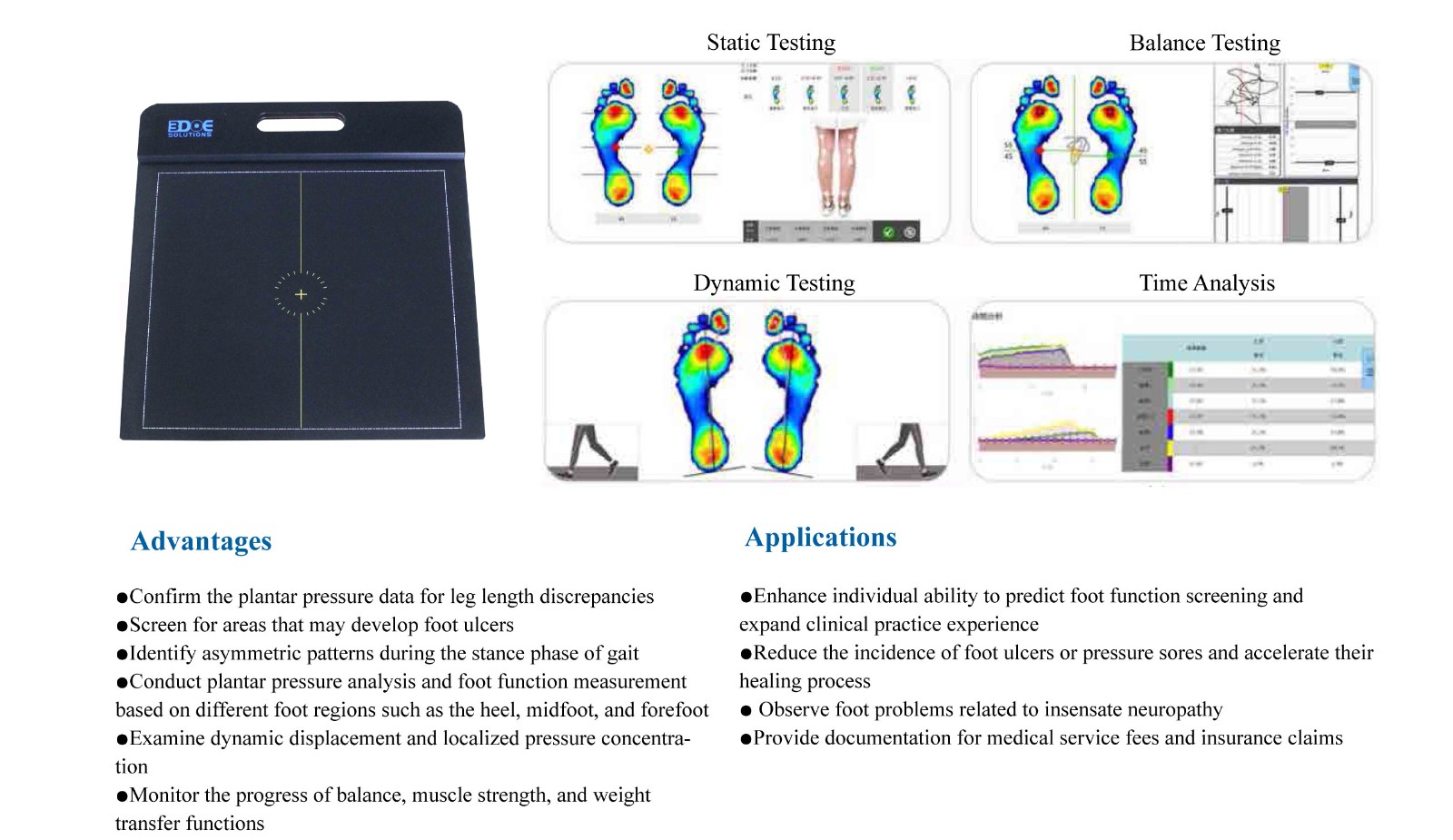
2. How does it “turn data into images”?
The raw sensor data still needs a “brain” to analyze it—this is where the accompanying software comes in.
The software converts sensor signals into visuals such as:
Heat maps (showing where pressure is concentrated)
Center-of-pressure trajectory lines (showing if your gait is imbalanced)
Gait rhythm analysis (checking if left and right foot force are consistent)
Some systems even generate plain-language interpretive reports, such as: “Abnormal pressure detected on the medial side of the right heel, suspected collapsed arch. Recommend orthotic insole supporting inner arch.” These reports are easy for customers to understand and help service providers explain results clearly.
3. How is this different from stepping on a digital scale?
Some people might think: “Isn’t this just a big fancy scale?”
Not at all. A scale only tells you your total body weight—nothing more. This device lets you know how much force is applied to each specific area of your sole, and it can record how pressure changes during movement. That’s far beyond what a scale can do.
For example:
Two people weigh the same. One walks with out-toeing; the other barely lands on their heel. This device immediately reveals the difference.
Certain foot or knee pains that a doctor can’t detect with a naked eye often stem from uneven pressure distribution—this device can pinpoint the root cause.
4. Is it worth it?
At the end of the day, calling it “high-tech” isn’t just hype—it’s the result of human understanding of walking posture and foot load distribution, visualized for analysis.
Who benefits most from such a device?
Independent insole stores or foot-correction specialists
Rehabilitation departments, physical therapists, orthopedic doctors
Athletes or running enthusiasts who want to optimize posture and reduce injury risk
Fitness-conscious individuals who always feel something off when walking or wearing shoes

 +86-0755-86131192
+86-0755-86131192 2025-07-28
2025-07-28 Back to list
Back to list
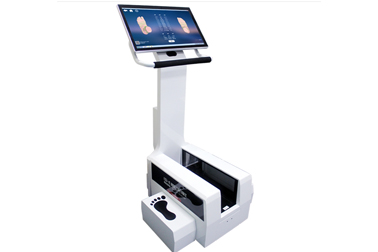
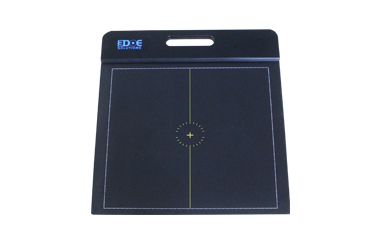
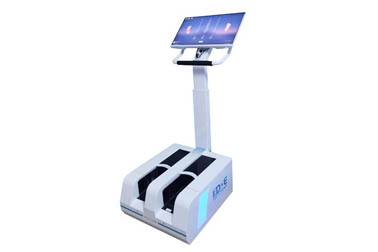
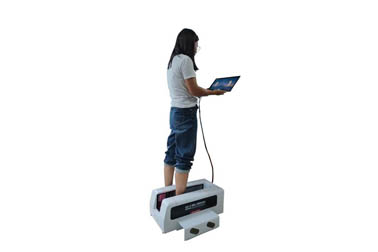



 +86-0755-86131192
+86-0755-86131192